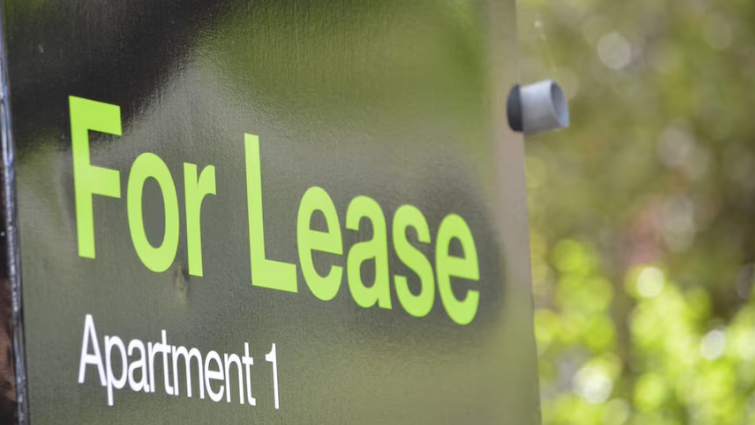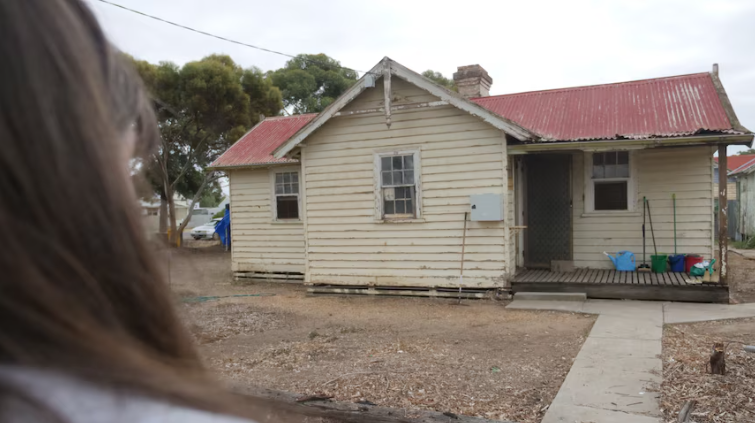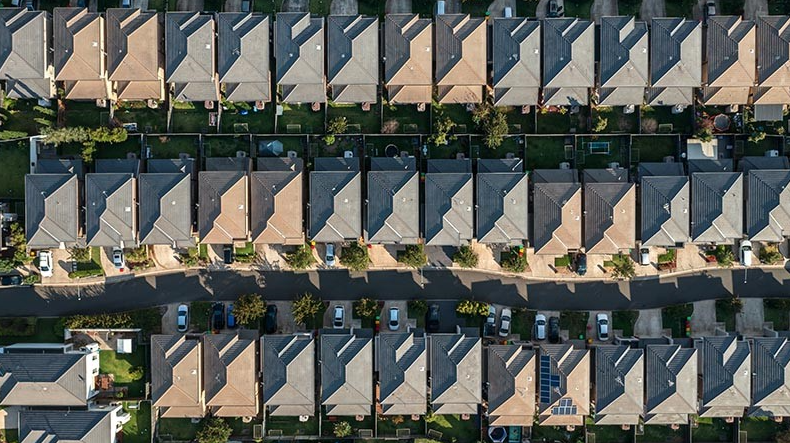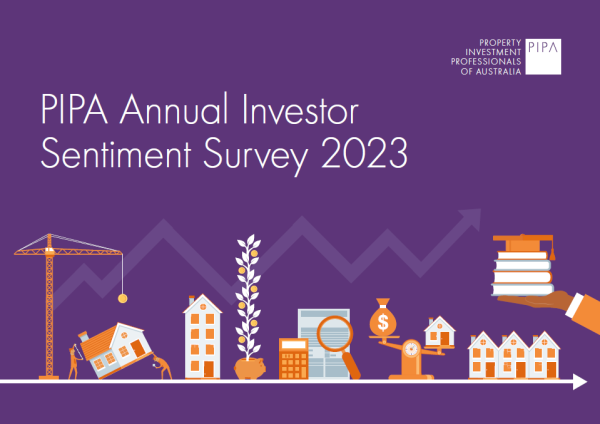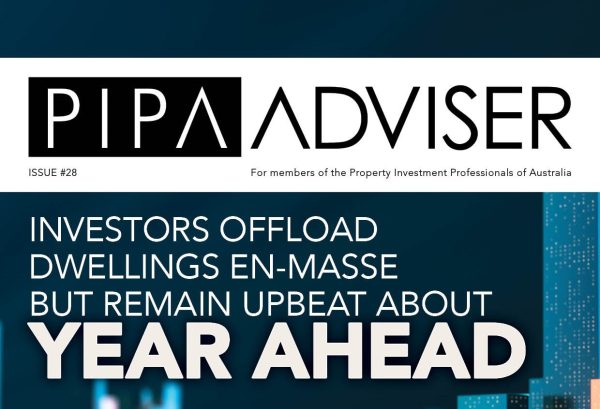Which property cycle are we in?
Apr 2024Karen Millers
Categories
Location ReportsMedia releasesNational market updatesPersonal advisersPIPA AdviserPIPA Annual Investor Sentiment SurveysPIPA Member ProfilesPIPA video updatesPIPA webinarsPodcastsProperty advisersProperty newsLatest Articles
PIPA Member Profile | Glenn Biggins, Focus Property Wealth
Warracknabeal home buyer finds home in filthy state after buying property online
From the outside you could be forgiven for believing the property market is quiet, but as we tick over the first year of this latest property cycle, under the surface, there are a lot of variables shaping the landscape of our local market.
In early 2023, our housing market reset, property values started rising, and despite the RBA raising interest rates, the new cycle began. So, what exactly am I talking about? Each market segment has its own cycle, which depends on key factors such as: area, price point and property type. In this article I will generalise the Geelong market, but be warned, there are many markets within markets.
Historically cycles start with a period of rising values, followed by a lull where prices stagnate or even decline, as more stock comes onto the market, before it starts to rise again. Since the early 1980s, property markets have peaked every four years or so. Previously it was every seven to 10 years, and this change broadly correlates with the floating of the Australian Dollar (AUD) in 1983. Not only did this encourage foreign capital to fund our banks’ lending to buy property, the RBA also responds to falls and peaks in the AUD by lifting or dropping the cash rate, which in turn makes lending either cheaper or more expensive.
Over the last 12 months we have been in the first stage of a recovery, the housing market has proven to be stronger and more resilient than many predicted. The first quarter of 2024 has shown an increase in home loan commitments by 1.4 per cent (13.3 per cent across the previous 12 months) and in fact 21 per cent higher than this time last year. Building costs have begun to come down, but only marginally. Auction sales have surged by 19.8 per cent. clearance rates have been sitting between 65-70 per cent. It would appear that we are still in the first recovery stage, which is largely driven by demand and supply. We are still not producing enough land or new homes, and demand is high, supply is low. This is due to rampant immigration (Geelong population grew by 2.2 per cent in 2023) building costs, and delays from environmental concerns in our greenfield estates such as Lovely Banks and the Western Growth Area.
This all helps fuel a skyrocketing rental market, where vacancy rates are stuck at below 1 per cent, and to be able to afford a medium rental in Geelong, you now need an income of $110,000 per annum! To make matters worse for renters, Geelong is seeing an exodus of investors for residential, with a recent survey by PIPA showing that over 12.3 per cent of residential housing stock has been sold into the market to owner occupiers in the last 12 months and is no longer available for rent. This is mostly driven by the Governments taxation settings hitting property investors hard.
The medium house price across the Geelong region has increased by approximately 1.74 per cent in 2024, up 7.6 per cent over the last 12 months. So, it’s a slow but steady recovery, led by the upper end of town.
The biggest question this year will be how quickly can stock levels increase to allow the cycle to move into the second stage? Agents across the region have already reported some small growth in listings, however immigration to our region will continue to absorb this increase, keeping demand high.
Will the impact of covid, and the property boom of 2021 have an impact on this cycle differently to others? I think it will, this cycle will be more elongated and this first recovery stage is reflective of this. A change in settings needs to occur to allow the market to move forward into the next stage, how does this happen with a State Government that is hell bent on taxing the life out of property and development?
Originally Published: Gareth Kent, Director Preston Rowe Paterson | Times News Group | 26 April 2024
“Licensed by Copyright Agency. You must not copy this work without permission.”
